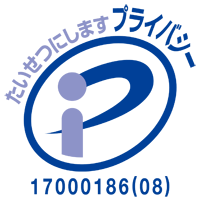Full Description
As a global problem, human trafficking frequently victimizes the most vulnerable: children. Offenders often use the Internet as a vehicle for criminal activities, including acts to sexually exploit children. With Internet access growing exponentially, more children are online every day, increasing their risk of becoming involved in sexual exploitation or being treated as a commodity.
Inconsistent law among States and their lack of cooperation across borders makes combatting this issue increasingly difficult. Therefore, it is crucial to establish legal and policy frameworks that can be used to fight practices of online child sexual exploitation and increase the effectiveness of States' responses. This book offers alternative solutions using a human rights approach and promotes multi-stakeholder collaboration in the context of corporate social responsibility to prevent and combat these offenses.
This book explores the intersection of children's human rights, cybersex trafficking, and international legislation. It provides helpful insights for lawmakers, legal practitioners, scholars, law enforcement officers, child advocates, and students interested in human rights law, criminal law, and child protection.
Contents
Chapter 1: Slavery in the Twenty-First Century
Chapter 2: Cybersex Trafficking - Indicia of Slavery on the Internet
Chapter 3: Human Rights in Cyberspace
Chapter 4: Cyberspace, Nexus of Child Sexual Slavery
Chapter 5: Internet-Facilitated Grooming of Children
Chapter 6: Child Victims and Offenders
Chapter 7: Trending Now: Technological Innovations and Public-Private Partnerships
Chapter 8: An Appraisal of Human Dignity in Cyberspace
Chapter 9: Recommending and Expanding the International Policy for Cyberspace













